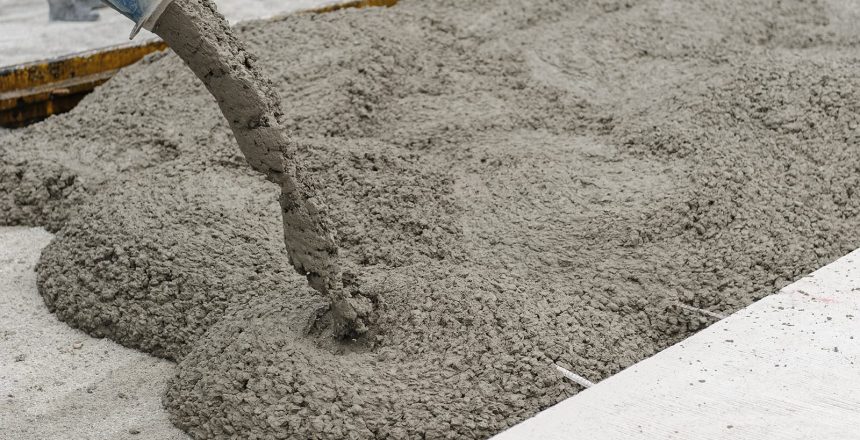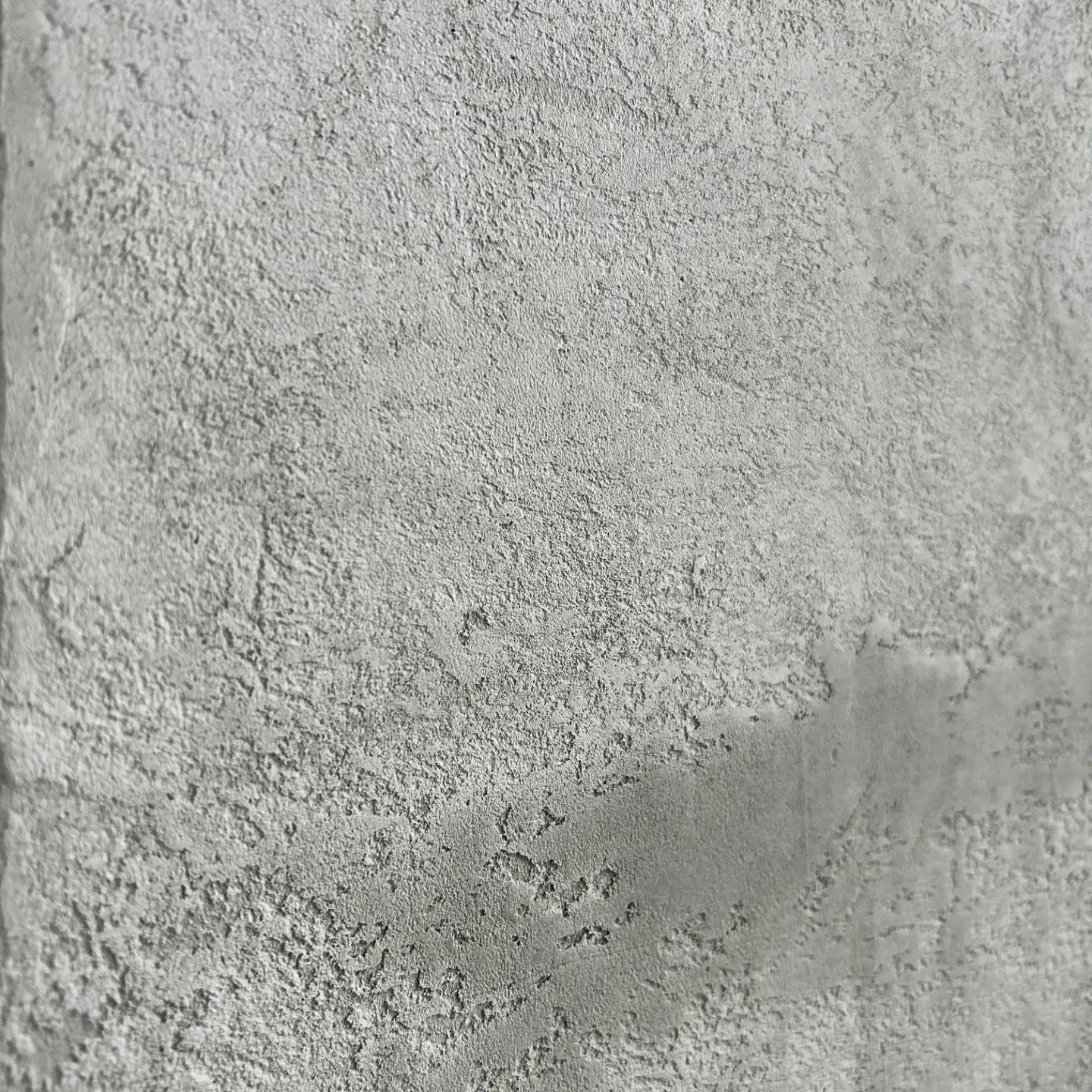Residential and Commercial Concrete Solutions: Customized to Your Job Needs
Residential and Commercial Concrete Solutions: Customized to Your Job Needs
Blog Article
Revealing the Eco-Friendly Advantages of Making Use Of Recycled Concrete in Lasting Building And Construction Practices
In the world of sustainable construction techniques, the usage of recycled concrete stands as a critical yet commonly underestimated source. Past its traditional applications, recycled concrete offers a myriad of eco-friendly advantages that expand much beyond the confines of conventional building and construction materials.
Environmental Benefits
By including recycled concrete into construction methods, there is a substantial decrease in the requirement for brand-new raw materials, leading to conservation of natural resources. Additionally, the usage of recycled concrete reduces the amount of waste being sent out to landfills, therefore minimizing ecological pollution and relieving the stress on landfill abilities (Concrete).

Furthermore, the manufacturing of typical concrete is a substantial source of carbon exhausts as a result of the energy-intensive procedure of cement production. On the other hand, recycled concrete has a reduced carbon footprint as it reduces the need for brand-new concrete production. This decrease in carbon exhausts adds to mitigating climate change and supports sustainable construction techniques. Generally, the environmental advantages of making use of recycled concrete are considerable and play an important role in advertising eco-friendly construction approaches.
Cost-Efficiency
When assessing the utilization of recycled concrete in building and construction jobs,Accomplishing cost-efficiency is a paramount factor to consider. Among the vital advantages of utilizing recycled concrete is its cost-effectiveness contrasted to traditional concrete. The manufacturing of recycled concrete includes less power and resources as it uses existing products, lowering the general task costs substantially. In addition, the schedule of recycled concrete locally can additionally decrease transportation costs, making it a much more economical selection for construction jobs.
In addition, making use of recycled concrete can cause financial savings in land fill prices by diverting concrete waste from disposal websites. This not only decreases the environmental impact however likewise gets rid of the prices associated with waste elimination. The longevity and efficiency of recycled concrete are equivalent to traditional concrete, making certain that cost financial savings do not endanger the top quality of the building.
Toughness and Toughness
Thinking about the considerable cost-efficiency advantages of using recycled concrete, it is critical to analyze its sturdiness and strength in construction Visit Website applications. Recycled concrete deals equivalent, otherwise exceptional, resilience and strength homes to standard concrete. With improvements in processing strategies and high quality control, recycled concrete can meet or exceed the efficiency standards of standard concrete. The process of reusing concrete entails crushing, arranging, and screening old concrete to generate aggregates that can be used in brand-new building projects. These recycled accumulations can giving sufficient compressive stamina, durability, and long-lasting efficiency.

Waste Reduction
When it comes This Site to using recycled concrete, waste decrease is a vital advantage that adds dramatically to ecological preservation. By integrating recycled concrete into construction projects, this waste is repurposed and drawn away from land fills, lowering the general ecological influence of building and construction activities.
Additionally, the usage of recycled concrete can lead to cost savings for building and construction projects, as it is usually much more economical than sourcing and moving new products - Concrete. In conclusion, waste reduction via the utilization of recycled concrete is a vital element of lasting construction techniques that profits both the building and construction and the environment market as a whole.
Power Conservation
When it comes to making use of recycled concrete in building and construction, substantial power financial savings are Continued attained compared to conventional concrete production. The process of creating recycled concrete includes recycling and squashing existing concrete materials, which consumes much less power than mining, processing, and moving raw materials for new concrete production.
Final Thought
Finally, the utilization of recycled concrete in lasting building and construction methods uses many environmental benefits, cost-efficiency, durability, toughness, waste reduction, and power preservation. By incorporating recycled concrete into construction tasks, we can add to a much more lasting and environmentally friendly future. It is essential for the building and construction industry to focus on making use of recycled products to help in reducing the ecological impact of building and construction activities.
One of the vital advantages of making use of recycled concrete is its cost-effectiveness compared to traditional concrete.Additionally, the use of recycled concrete can lead to financial savings in land fill expenses by drawing away concrete waste from disposal sites. The longevity and performance of recycled concrete are comparable to traditional concrete, ensuring that expense financial savings do not compromise the high quality of the construction.
:max_bytes(150000):strip_icc()/in-depth-look-at-concrete-flooring-1314684-02-8fdb599f92a747ed94ef5b96110abfc1.jpg)
Report this page